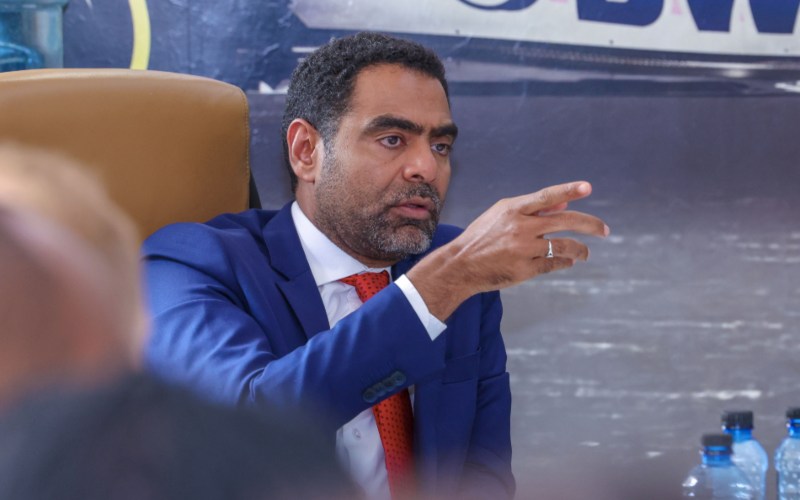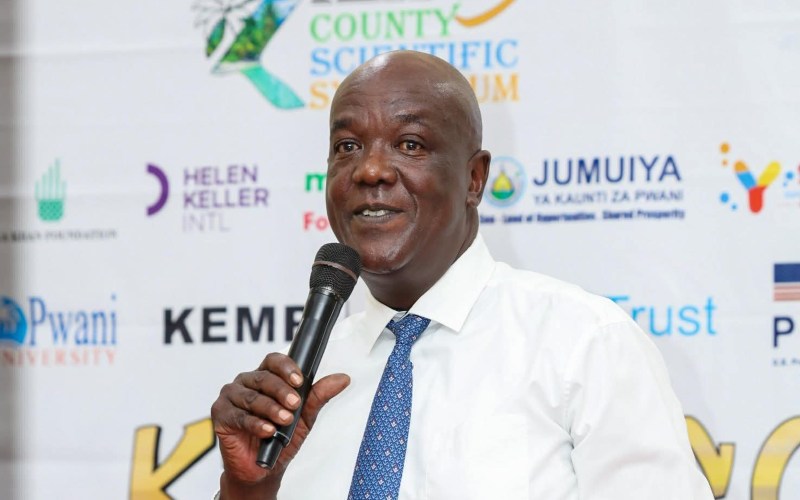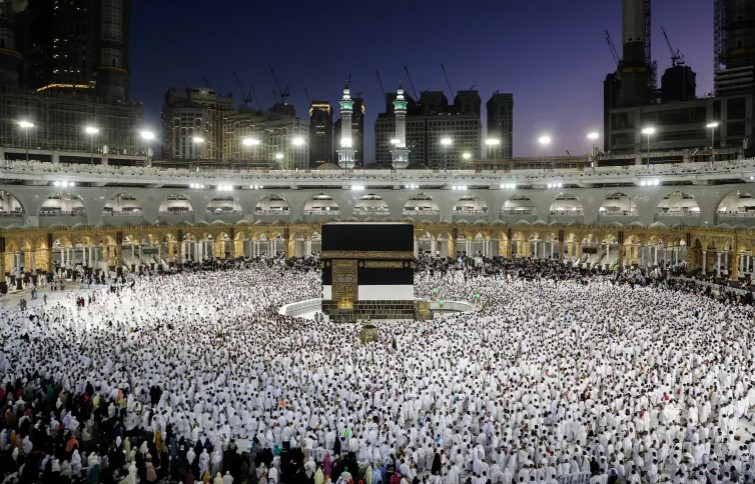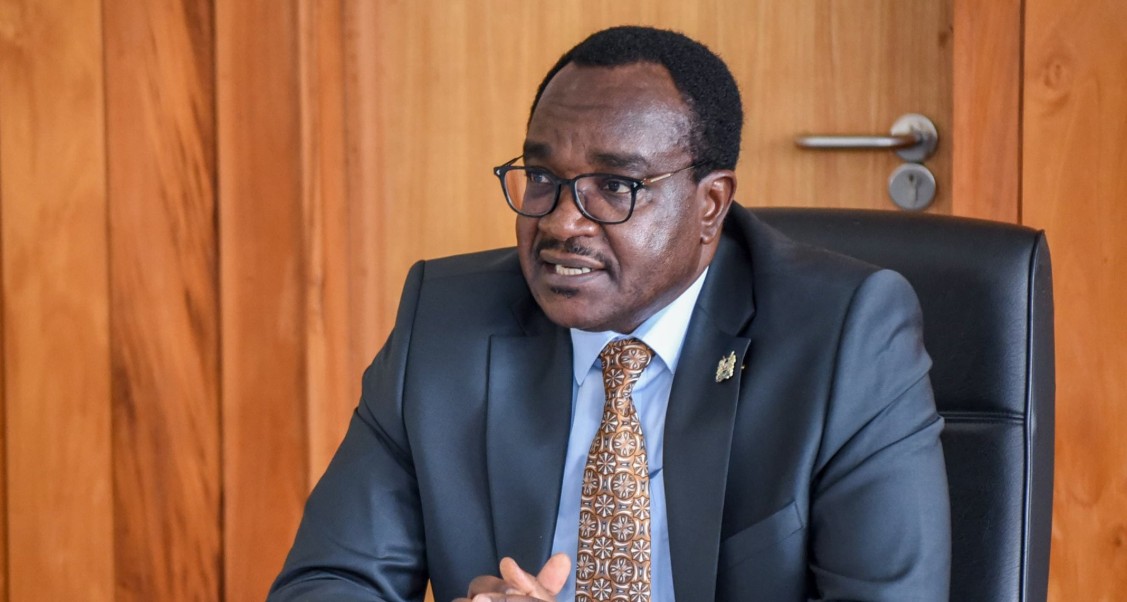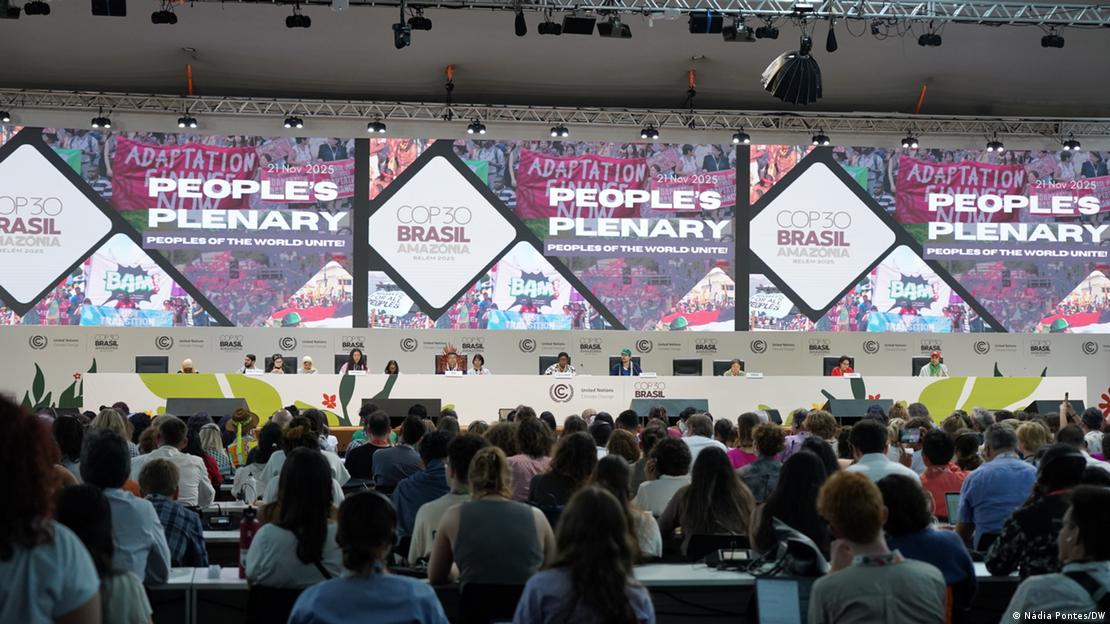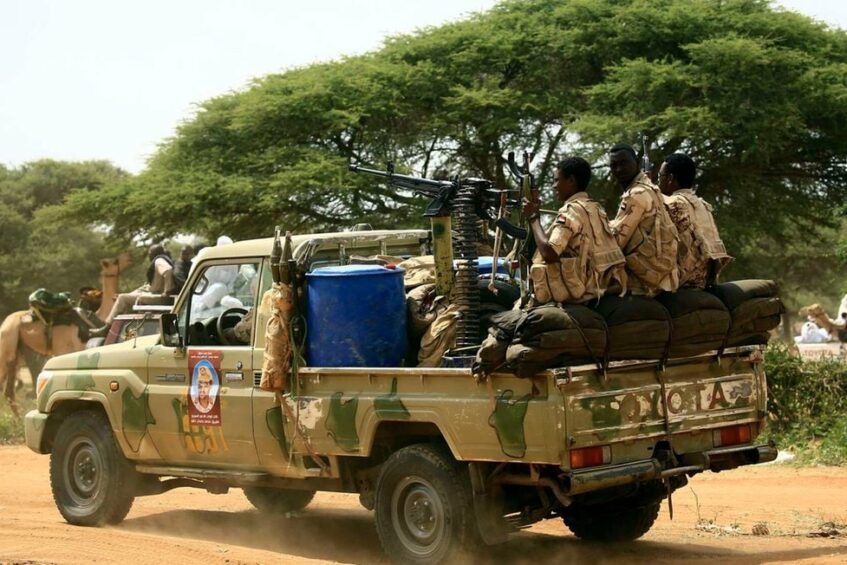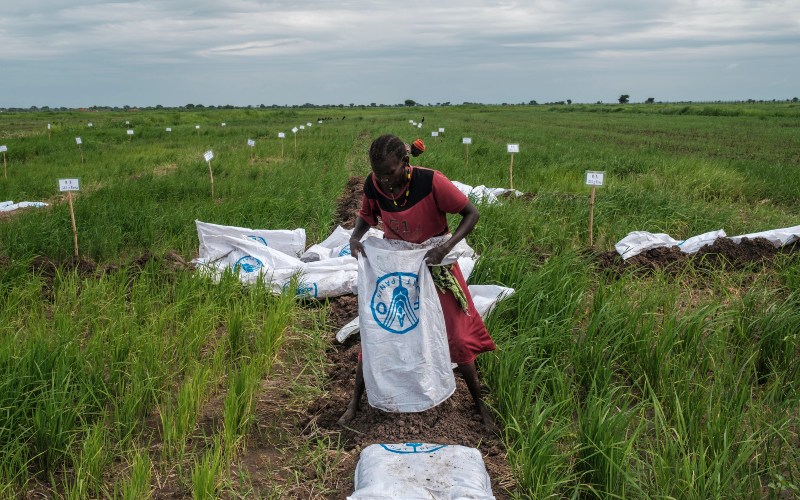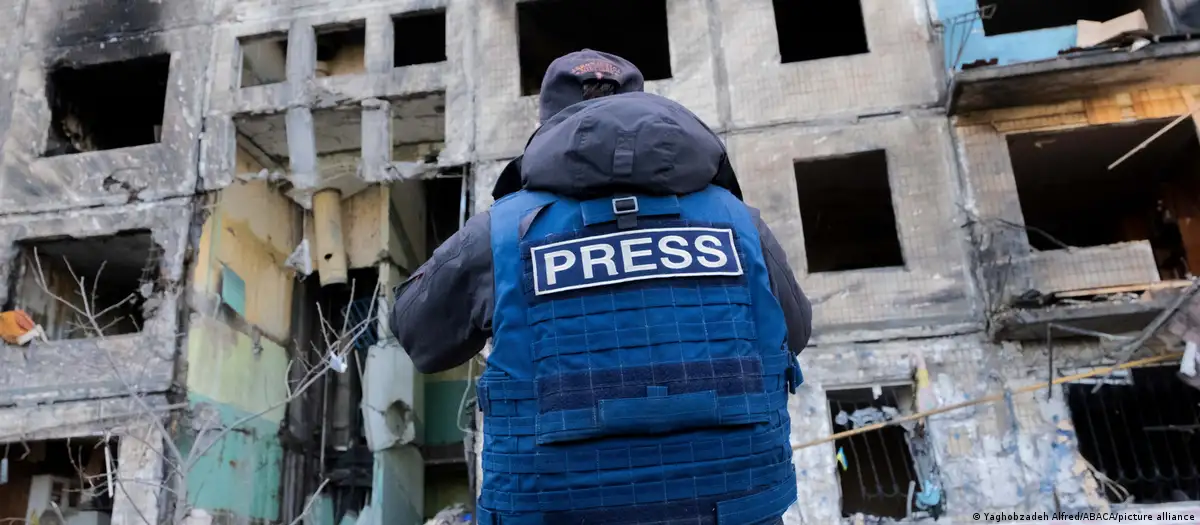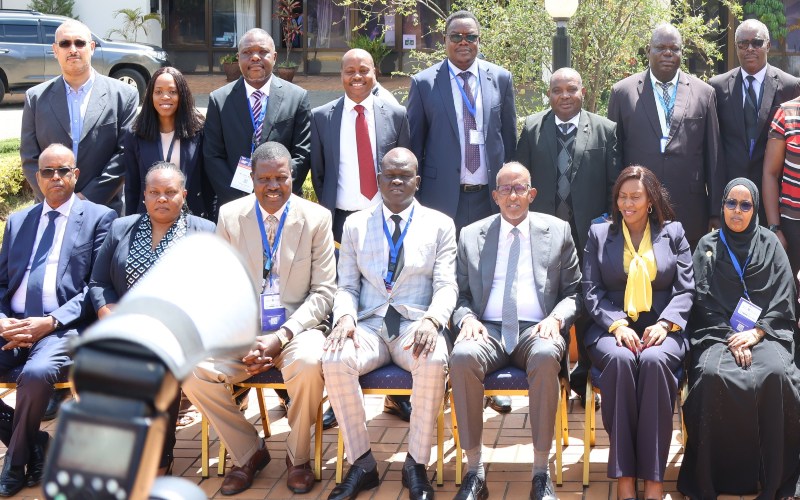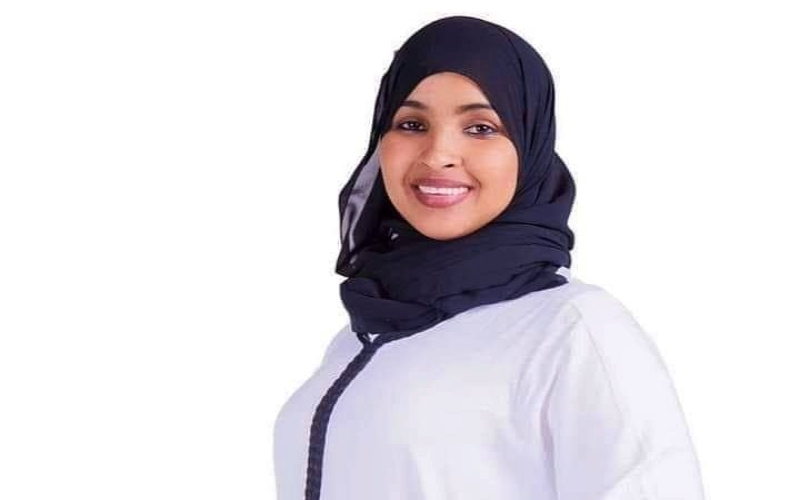Climate change, conflict and political unrest: Mozambique’s triple crisis explained
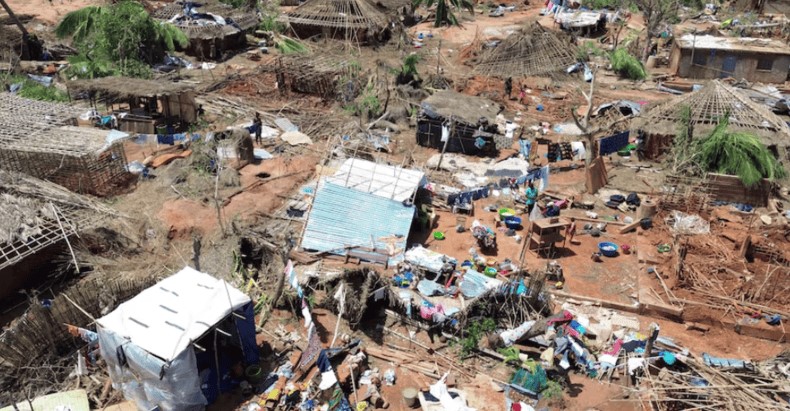
A convergence of crises in Mozambique is forcing people to flee their homes, often multiple times, and complicating efforts to assist them.
By Isadora Zoni
Post-election unrest since October has forced thousands of Mozambicans and refugees to flee their homes. Additional displacement and misery have come in the wake of Cyclone Chido and Cyclone Dikeledi, which have left trails of destruction across the north of the country since December.
More To Read
- Kenya’s refugee population hits 860,000 as State pushes integration plan
- UNHCR warns of deepening humanitarian crisis in Darfur, Kordofan
- Refugee group raises alarm over lending traps facing displaced families
- UN welcomes aid supply talks with Sudan army
- Libya rescues 49 Sudanese migrants off western coast
- Over 30 million people in Sudan in need of humanitarian assistance: UN agencies
Repeated climate shocks like these have added to the suffering of vulnerable populations, including people already displaced by the ongoing armed conflict in northern Cabo Delgado Province.
What is at the root of Mozambique’s displacement crisis?
Since 2017, non-state armed groups have been launching attacks on towns and villages in Cabo Delgado, forcing over 1 million people to flee their homes. After initially seeking refuge in safer areas of the province like Pemba, Metuge, and Montepuez, recurring waves of violence have forced some families to flee multiple times. With their homes and livelihoods destroyed and armed groups still active, returning home is not an option for many people. Meanwhile, the communities hosting them are increasingly stretched to the limit.
How has climate change made the situation worse?
Mozambique is among the countries most impacted by the climate crisis. Cyclones, floods, and droughts have uprooted hundreds of thousands of people in recent years.
For families in northern Mozambique, including refugees and those displaced by conflict, the extreme weather has made them even more vulnerable.
Since 2019, storms have become increasingly intense and frequent. Cyclone Freddy, the longest-lasting tropical cyclone on record, devastated eight provinces in early 2023, displacing 184,000 people and leaving 1.1 million in need of aid.
Flooding and droughts are threatening livelihoods, particularly for the majority of displaced people and their host communities reliant on farming.
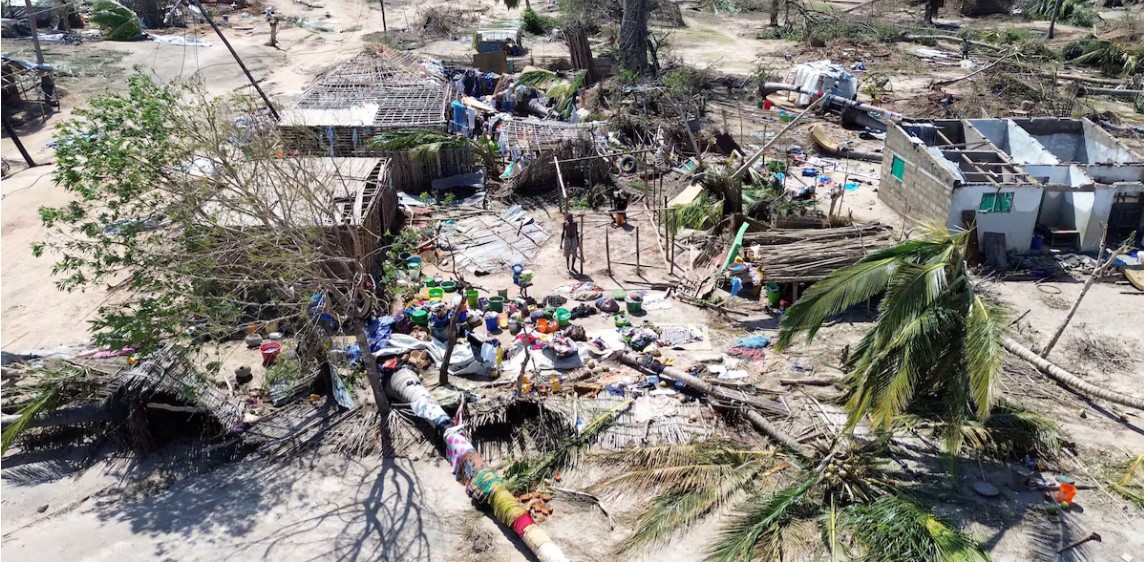 Uprooted trees and debris after cyclone Chido hit Mozambique in Mecufi district, Cabo Delgado province on December 16, 2024. (Photo: Unicef Mozambique/Handout via REUTERS)
Uprooted trees and debris after cyclone Chido hit Mozambique in Mecufi district, Cabo Delgado province on December 16, 2024. (Photo: Unicef Mozambique/Handout via REUTERS)
Mazamo Itabile and his family were first displaced from their village in Macomia in Cabo Delgado by Cyclone Kenneth in 2019. Just months later, attacks by non-state armed groups forced them to flee again, this time to Metuge District.
Over the years, they worked hard to rebuild their lives. Mazamo, a former fisherman, learned masonry to support his family and saved enough to construct a modest three-bedroom house in Mieze.
“Life wasn’t easy, but we managed,” Mazamo recalls. “The children could go to school, and we had a roof over our heads.”
This fragile sense of stability was shattered when Cyclone Chido made landfall in northern Mozambique on December 15, 2024. The intense tropical storm left a trail of destruction across Cabo Delgado, Nampula and Niassa provinces, affecting over 450,000 people and completely or partially destroying more than 100,000 homes, as well as schools, health centres and roads.
“It was strong, so strong that the house was dancing,” says Sonia, Mazamo’s eldest daughter. “Then the roof was ripped off, and the house crumbled.” The family fled in the middle of the night, braving relentless winds and flying debris. By morning, they had lost everything once again.
Marcelo, Mazamo’s 16-year-old son, fears his dream of being the first in the family to attend university may no longer be possible. “I want to study, but I have nothing,” he says, holding the few water-damaged books he managed to save.
With the cyclone season lasting until March, additional storms are expected. Cyclone Dikeledi, which made landfall this week, affected an additional 30,000 people, destroying homes, schools and churches in its path.
How are political tensions driving more displacement?
The contested 9 October presidential election has fuelled protests and unrest, pushing almost 8,000 people from Mozambique to seek refuge in Malawi and Eswatini.
In Eswatini, the new arrivals are being sheltered at the Malindza Refugee Reception Centre, which is now critically overcrowded. Those arriving in Malawi report fleeing attacks and looting, then hiding in the bush before crossing the Shire River.
UNHCR is distributing tents, blankets, and hygiene kits to displaced families, but resources are limited. The EmaSwati and Malawians have warmly welcomed the refugees, but with resources stretched thin, additional support is crucial.
Mozambique itself is home to nearly 25,000 refugees and asylum-seekers. One-third of them reside in the Maratane refugee settlement, in northern Nampula Province. They have also been impacted by the political unrest. Over 1,000 refugees and asylum-seekers fled to the Maratane settlement in late December after the destruction and looting of many shops and businesses, including those owned by refugees.
How has the unrest impacted humanitarian efforts and UNHCR’s response?
The continuing insecurity has hampered efforts to deliver aid and rebuild critical infrastructure destroyed by Cyclone Chido.
Violence and looting have disrupted efforts to distribute food and shelter in several districts in Cabo Delgado while in several areas in Nampula and Cabo Delgado, humanitarian access has been hindered by the security situation.
Ahead of the cyclone’s landfall, however, the UN Refugee Agency, UNHCR, supported the Government, together with other UN agencies and NGOs to warn communities to prepare for the disaster.
Within 48 hours after the cyclone, UNHCR was on the ground, distributing tarpaulins and blankets and referring the most vulnerable for psychosocial support.
UNHCR’s response has also included working with local partners to ensure displaced people in remote areas receive support even where access is difficult due to the post-election tensions, attacks by non-state armed groups and cyclone-damaged roads.
Mazamo and his family are among those who have received assistance from UNHCR, including tarpaulins and blankets. Yet the road to recovery will be long.
“This house; it was everything,” Mazamo says, gesturing to the remains of his home. “Now, we begin again.”
As Mozambique deals with the overlapping impacts of conflict, climate shocks, and political tensions, more international support is vital and UNHCR needs additional resources to be able to increase support to the affected communities. Last year’s humanitarian response plan for Mozambique was only 40 per cent funded.
Top Stories Today


